New CRISPR-Based Tool Called PASTE Gene Editing Inserts Large DNA Sequences at Desired Sites
XTalks
DECEMBER 14, 2022
It’s a new genetic way of potentially targeting these really hard to treat diseases,” said Abudayyeh, a McGovern Fellow at MIT’s McGovern Institute for Brain Research, in MIT’s press release. Integrases are used by viruses called bacteriophages to insert their genetic material into bacteria.

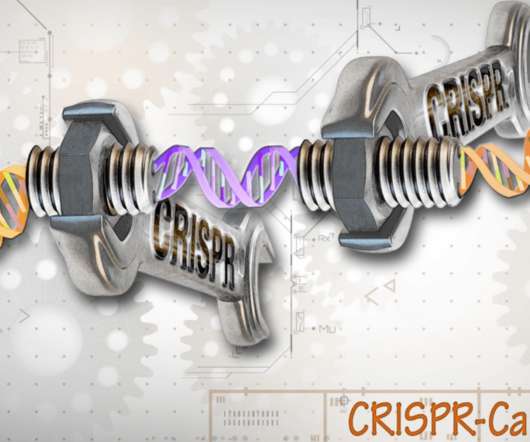

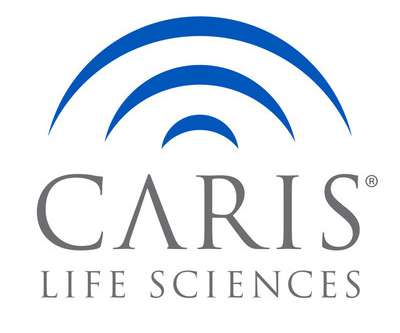
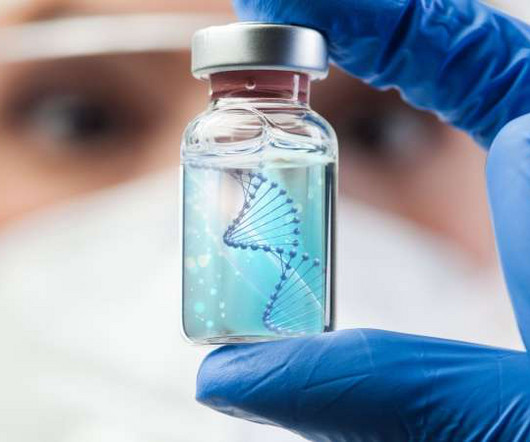

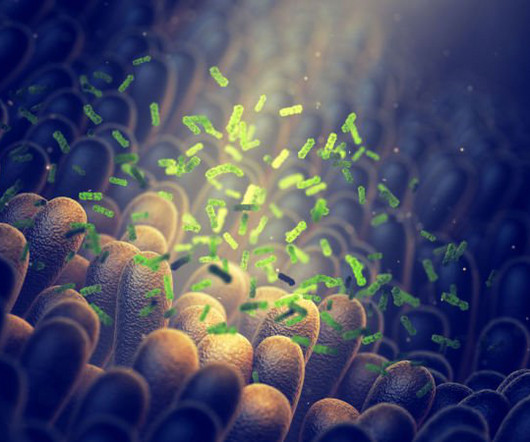

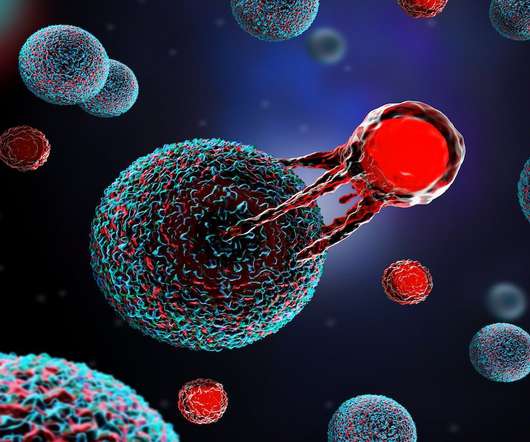








Let's personalize your content